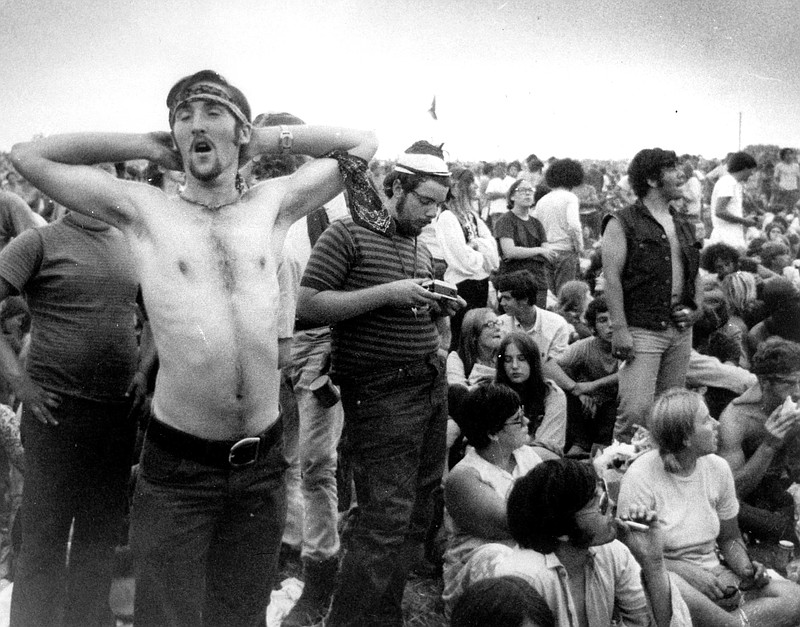
As a younger person in my teens and early 20s, I often wished I had been old enough, and cool enough, to have attended Woodstock. I was not quite 6 at the time, so just the simple logistics of getting there were problematic.
A little later in adulthood, as I read more about the three-days of genre- and generation-defining music and peace and love and mud, I came to realize that being among 400,000 (the numbers fluctuate between 300,000 and 500,000 - similar to a more local festival) people without food and water or a place to relieve themselves of same didn't sound all that appealing.
I came to realize that the album and video compilations from the weekend were greatly edited, with only the really cool stuff making the cut. There was little attention paid to the hurry-up-and-wait moments that filled the spaces in between. Thankfully, most of us, accept for the folks who attend shows at JJ's Bohemia, have forgotten what "rock 'n' roll" time was all about. Back in the day, the show started when the show started.
Jimi Hendrix and that amazing "Star-Spangled Banner" rendition didn't happen until Monday morning of the festival, remember. Lots of folks had already left.
However, I stumbled across "Woodstock: Three Days That Defined a Generation" on PBS earlier this week, and it rekindled that part of me that wishes I had been there. Not for the mud, or the crowd or the whining today's version of me would be sharing, but for the vibe.
I've attended the last 14 Bonnaroos in Manchester, Tennessee, and I was struck by how similar the two festivals are, which is, of course, not by accident. Lots of people have said since Bonnaroo began in 2002 that it was designed to be Woodstock for not only a new generation, but for the people like me who couldn't make the first one.
Like the '69 event, it has had mud, hippies, lots of tie-dyed clothing, great music, huge crowds, painted Bugs and buses, and yes, drugs. But what stood out for me from the very first moment I walked into the Bonnaroo space on opening day in 2002 was the vibe.
People are nice to each other there. Complete strangers go out of their way to smile, say "Hi," offer a high five and "radiate positivity" as the Roo edict mandates. You feel it, and you make it your own. At least for those four days.
Watching Max Yasgur, the guy who owned the land where the original event was held, tell the throng in '69 in the documentary that they had done exactly what they had promised to do, which was show up to enjoy music in peace and harmony, was pretty amazing. It was a reason for hope then, as now.
Contact Barry Courter at bcourter@timesfreepress.com or 423-757-6354.

